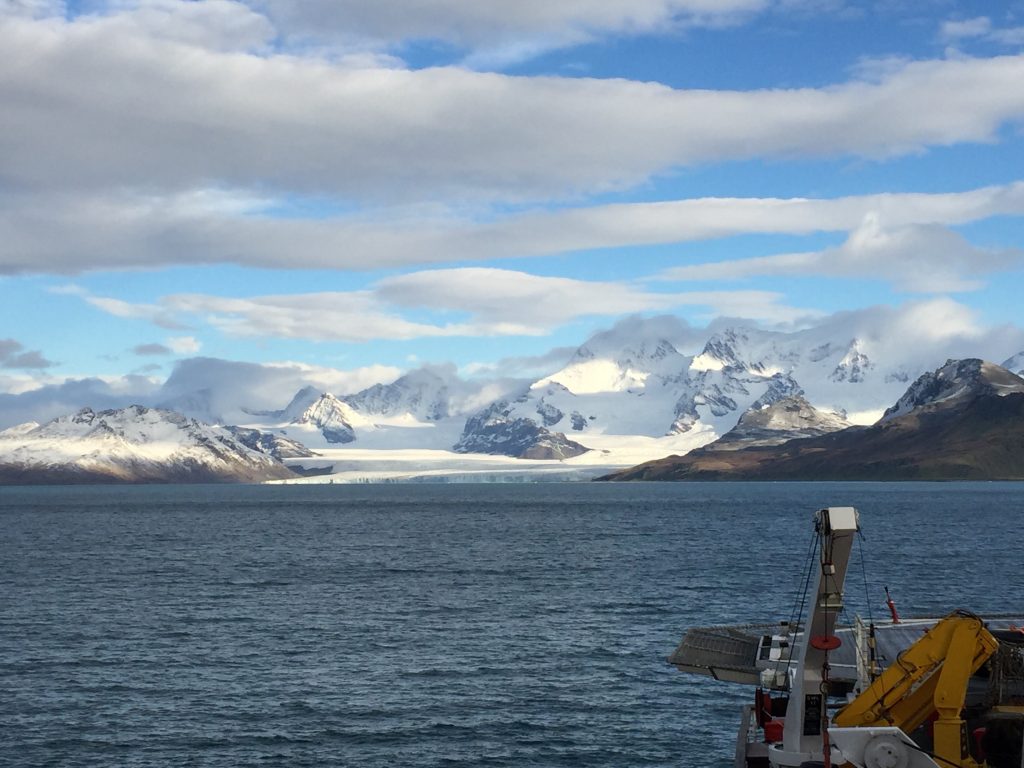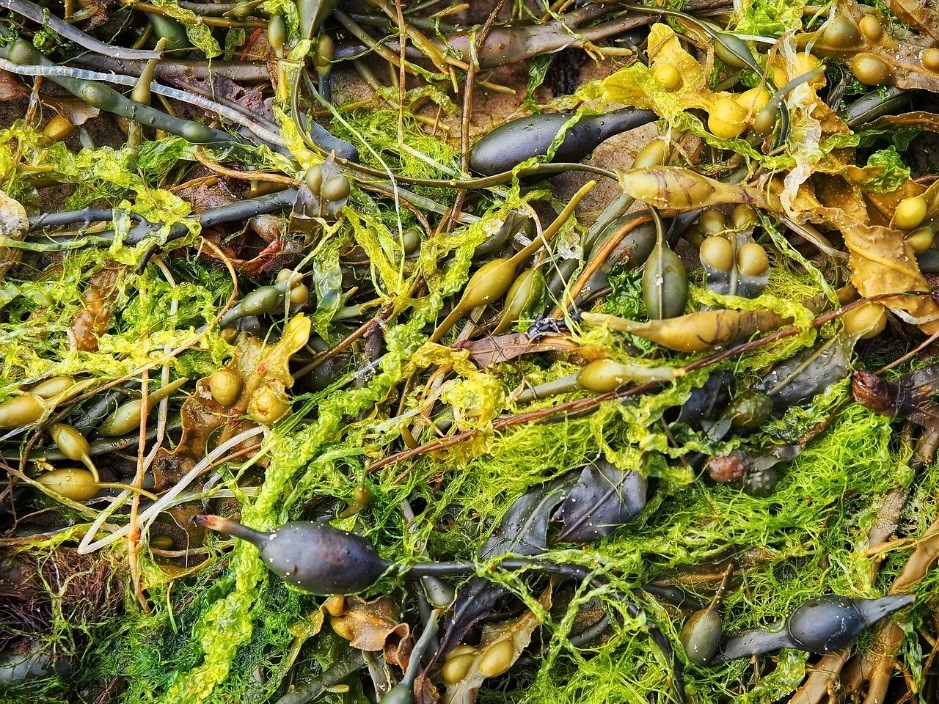Fisheries
This autumn, Jeroen van der Kooij and a team of scientists and crew from Cefas and other marine organisations are heading out to sea onboard RV Cefas Endeavour for the seventh annual PELTIC survey. In this blog, Jeroen explains what …
Unsustainable trade of shark products, most notably shark fins, threatens the survival of some species. The Convention on the International Trade in Endangered Species of Wild Fauna and Flora (CITES) is an international agreement that aims to ensure commercial trade …
The Blue Belt Programme The Blue Belt Programme is a four year programme (2016 to 2020), delivered by the Centre for Environment, Fisheries and Aquaculture Science (Cefas) and the Marine Management Organisation (MMO) with the UK Overseas Territories (UKOTs) on …
Go to any stretch of shoreline and you are likely to see people fishing, but have you ever wondered about how many people fish, how much they spend, or if they have any impact on the environment? Some people might …
As a fisheries scientist, I believe that there is a need to consider the wider role of ecosystem processes in sustainable management of the marine environment – not looking at a single species or process in isolation. My team and …
Seaweeds, or macroalgae, are aquatic plants commonly found along rocky shores. Many of you will have seen them on beaches. And they could be the UK’s farming future. We have been harvesting wild seaweed in the United Kingdom for many …
Half of undersized sole survive after being caught and discarded in the English east coast inshore otter trawl fishery, according to preliminary results of research conducted by Cefas scientists. Senior scientist Tom Catchpole provides an update on the survival of …
Millions of people enjoy seafood. But achieving food security remains a significant and ongoing challenge for society.
...to predictable fisheries discards Carp edema virus/koi sleepy disease: An emerging disease in central-east Europe Evaluating conservation and fisheries management strategies by linking spatial prioritization software and ecosystem and fisheries...
In a series of blog posts we will be showcasing some of the science recently published by Cefas scientists.








